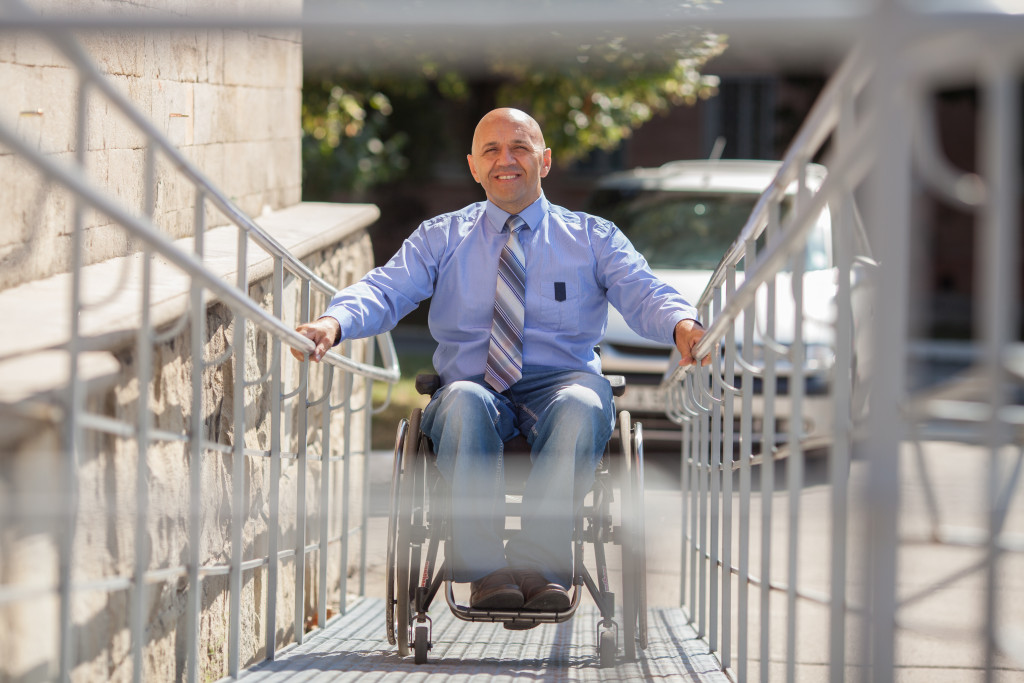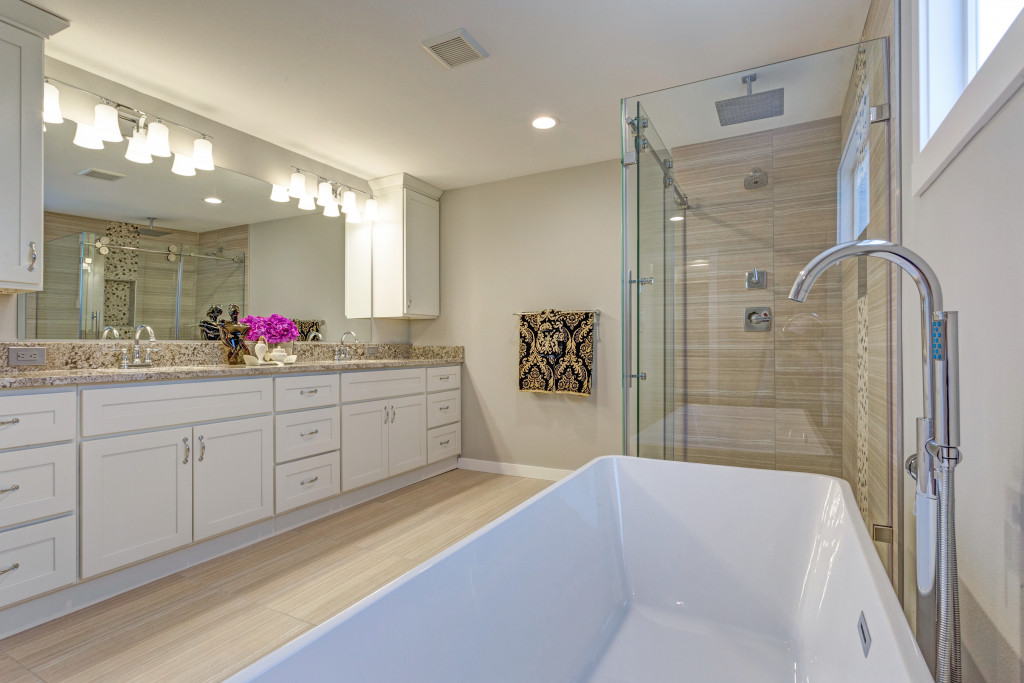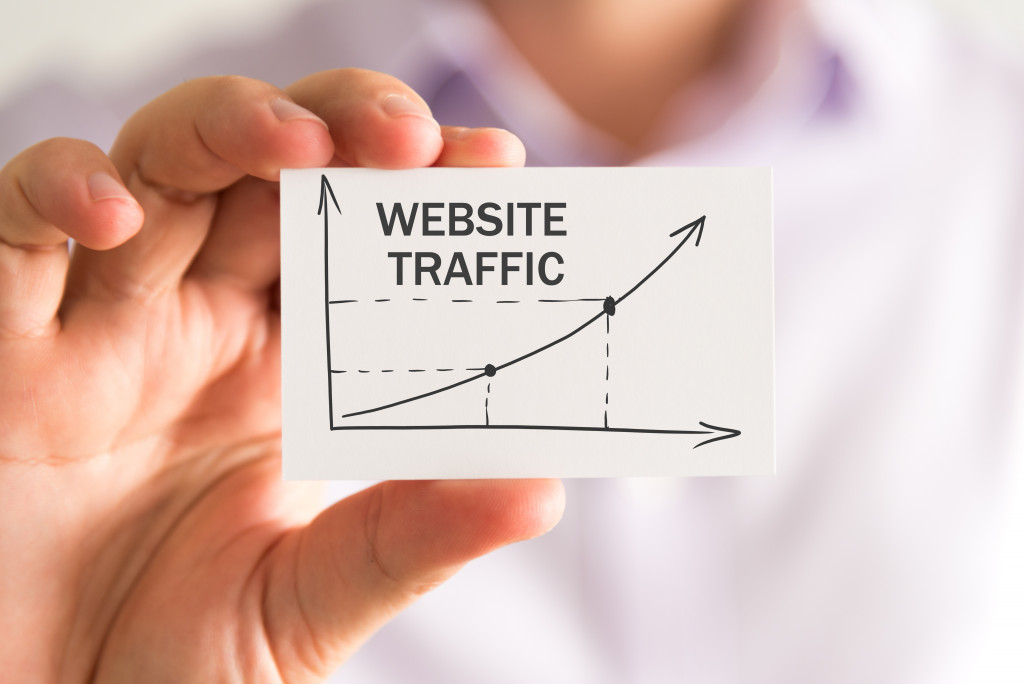There is a common misconception that people with disabilities are not capable of holding down a job and providing for themselves, which could not be further from the truth. People with disabilities are just as capable of performing work tasks as anyone else. In some cases, they may even be more capable due to their unique skills and experiences.
The only thing standing in the way of people with disabilities achieving gainful employment is often a lack of accommodations from employers. According to the 2020 Bureau of Labor Statistics report, only 17.9% of people with disability are actively participating in the workforce.
So, what can employers do to provide equal opportunities in the workplace and make it more accessible and inclusive for employees with disabilities? Here are some accommodations you can provide for employees with disabilities.
Provide ramps or lifts
Suppose your workplace is not accessible for people with physical disabilities. In that case, you will likely need to make some changes to accommodate them. That may include ramps or lifts to help them get around the office.
Ramps and lifts allow employees with physical disabilities to move freely around the workplace and access all the same areas as their co-workers. It is also essential to ensure that these accommodations are up to code and meet all safety standards. You should also adjust all entrances so that they are wide enough to accommodate wheelchairs and other mobility devices.
These changes may require some initial investment, usually costing between $500 and $5,000. However, it’s a worthwhile investment that will make your workplace more inclusive for everyone.
Make restrooms accessible
Employees with disabilities should also be able to use the restroom with ease. Many employers often overlook this area when it comes to accessibility. Still, it plays a crucial role in ensuring that employees with disabilities feel comfortable and included in the workplace.
That means investing in well-designed bathroom safety products for people with disabilities. Ensuring an accessible stall in each bathroom with grab bars, a wheelchair-accessible sink, and ample space to maneuver are all crucial factors to consider. It would help if you also placed signs on the door of each accessible stall so that employees with disabilities can easily find them.
When making these changes, it’s essential to consult a professional to ensure that the products you select meet all safety and accessibility standards. This way, you can be sure that your employees with disabilities will have a safe and comfortable experience using the restroom.
Install assistive technology
Assistive technology is any equipment or software that helps people with disabilities perform tasks they would otherwise be unable to. It can include anything from a simple magnifier to more complex software that reads text aloud.
Many types of assistive technology are available. The best way to determine what your employees with disabilities need is to ask them directly. Once you know what they need, you can install the appropriate technology in the workplace.
You may also need to train employees on how to use the technology. However, this investment will be worth it as it will help your employees with disabilities perform their job duties more effectively. And when they’re more productive, your business will be more successful.
Designate handicap parking spots
If your workplace has a parking lot, you should designate a few handicap-accessible parking spots for employees with disabilities. These spots should be close to the entrance of the building, so they don’t have to walk too far.
According to the Americans with Disabilities Act (ADA), businesses must have at least one handicap-accessible parking spot for every 25 spots in the parking lot. So, if your workplace has a 100-space parking lot, you must have at least four handicap-accessible sites.
It would be best if you also put up signs that designate these spots for employees with disabilities. In doing so, everyone will know where they are supposed to park, and there won’t be any confusion.

Create an accessible workspace
Of course, when designing your workplace, you should keep accessibility in mind from the start. That means creating a space that is easy for people with disabilities to move around.
Aside from space considerations, you should also consider the furniture and equipment layout in the workplace. For example, you may need to rearrange the desks, so there is more room for wheelchairs to maneuver. Or you may need to purchase new chairs that are easier for people with disabilities to sit in.
You should also ensure that any gadgets and appliances in the workplace are accessible. That means they should have large buttons and be easy to reach. Making these changes may require some initial investment, but it will make a big difference for your employees with disabilities. And it will create a more inclusive workplace for everyone.
The above are just a few ways to make your workplace more accessible and inclusive for employees with disabilities. By taking these steps, you’ll create a better work environment for everyone. And you’ll be sending a message that you value diversity and inclusion in the workplace. When your employees feel valued, they’ll be more likely to stick around and help your business succeed.



